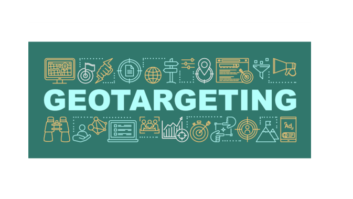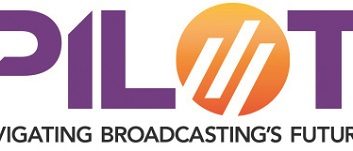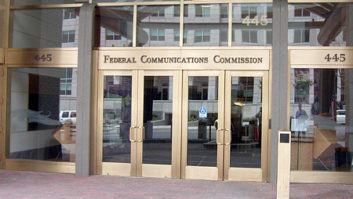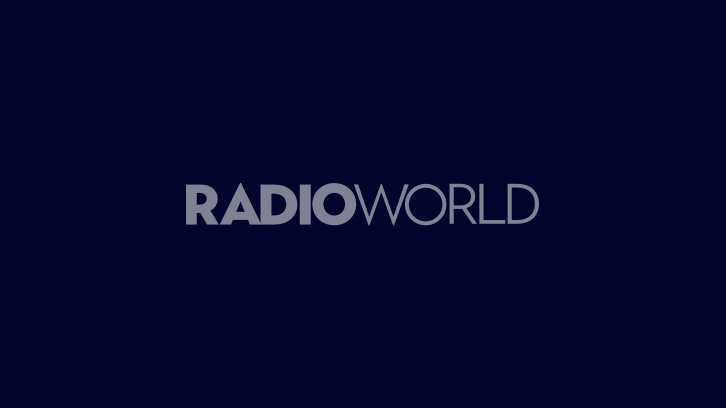As 2020 approaches, community stations face many vexing yet familiar challenges. Most want to grow their volunteer base as well their audiences/donors, across generations as well as across socio-economic groups, at a time when the role and relevance of radio itself is being challenged or rethought.
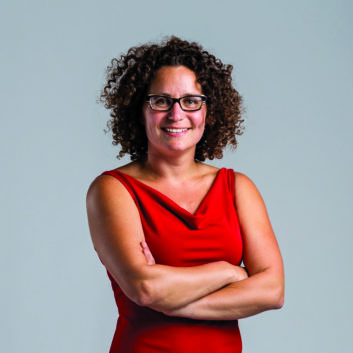
Nina Simon, author of “The Art of Relevance,” says managers might ask themselves, “How do I get young people to volunteer or listen to my station?” She feels this is the wrong question because it takes the onus off the station.
Instead, she challenges organizations to focus on ways to make a station more welcoming to a plethora of audiences.
The nonprofit that she founded is OF/BY/FOR ALL. It articulates this vision by stating, “Putting up a ‘Welcome’ sign is not enough. To involve people in meaningful, sustainable ways, you can’t just make programs FOR them. You have to involve them in their creation. And that means becoming OF and BY them too.”
Simon, speaking at the Community Media Conference of the National Federation of Community Broadcasters earlier this year, said she has learned that while most people believe their organizations are welcoming to all, they will also say that their current audience doesn’t reflect the diversity of their community.
This is a disconnect with which many community stations grapple.
WHAT IS “INCLUSION”?
NFCB CEO Sally Kane has a deep understanding of the community radio landscape and agrees that there’s work to be done.
“Lots of community radio folks say they are ‘inclusive,’ but in fact [their stations] are insider clubs that aren’t seeing or understanding the fullness of their communities. And I think that is perilous,” she said.
“For example, lots of rural stations are actually embedded in a dominant culture that is highly conservative, and [yet] they are more progressive. It’s important for the stations to at least acknowledge that and not pretend that they represent the community as a whole.”
Although it can be challenging for stations to connect with everyone, “community” is obviously the focus of community radio, for both its workforce of volunteers and for its audience of listeners and donors.
“Community radio is, by design, intended to be of, by and for the people,” Simon said. “Especially today, when many community radio stations have been politicized or marginalized into perceived niches, I believe it’s critical and meaningful to recommit to involving everyone.”
[Facebook Needs Community Radio]
Kane believes these conversations about engaging with audiences are imperative in the current hyper-connected media landscape.
“The digital space is highly interactive, so a one-way pipeline of delivering content is no longer adequate, and stations need to integrate that into the way they approach communication and content and organizational culture.”
Young people are identified time and again as a vital component of radio’s future; yet many a community radio station has an aging crew of volunteers and minimal involvement by new, young team members.
Simon suggests that stations get specific: “Identify a specific community of young people who you want to involve, whether that be high school band nerds or young professionals starting their first full-time job and looking for creative outlets. Then talk with them about what they are looking for from a volunteer or engagement experience. Base your offerings on their goals and interests, not yours.”
CALLS FROM HOME
Ways that community stations are seeking to engage and evolve are reflected by others who participated in that NFCB conference.
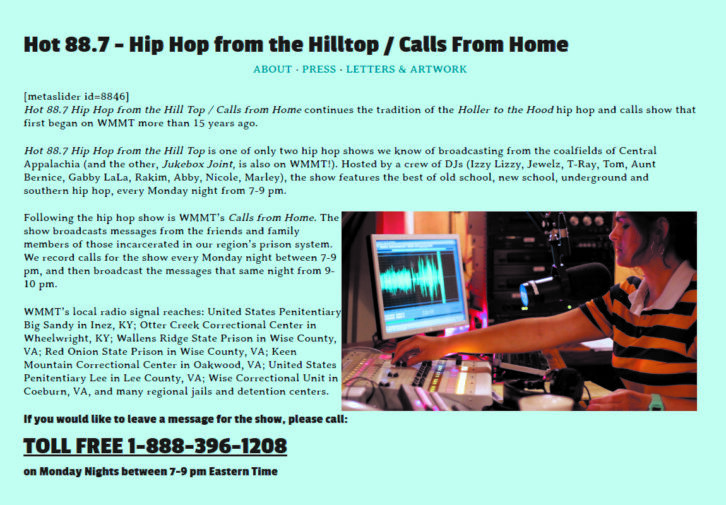
WMMT General Manager Elizabeth Sanders says the rural Whitesburg, Ky., station works with its listeners who are incarcerated in at least six nearby prisons. WMMT has for many years communicated with prisoners and their families through its “Calls From Home” and “Restorative Radio” programs and more recently through a Prison Justice Assembly.
Sanders shares letters that the station has received from prisoners. She said WMMT is trying to represent those who are “the most marginalized” and also wants to bring a “multitude of voices” to the airwaves.
Collaborating with organizations that are enmeshed in specific communities is another way that stations are touching new audiences.
Kerry Semrad, general manager of KZUM in Lincoln, Neb., says the station has an innovative Podcast Partner Program that offers podcast training in order to broaden its public affairs programming. Through partnerships, the station was able to work with some of Lincoln’s refugee communities and learned more about how KZUM could address their needs.
As a result, content is being developed in listeners’ native languages. Semrad says the “only way to remain relevant is to learn from each other constantly.”
[Community Broadcaster: Acting on Equity]
Similarly, WERU Community Radio in Maine has been increasing the number and depth of partnerships with community organizations in part to help make the station relevant to a broader audience, especially younger listeners.
Development Director Heather Andrews says that through conversations and surveys, the station learned about specific programming needs. As a result, the station is looking more closely at local programming and on-demand and mobile access for listeners. Andrews said that it was critical to “break down barriers” and “change things up” in order to attract new audiences.
As at KZUM, podcasting is an entry point for new participants and listeners at many community radio stations. Station Manager Ursula Ruedenberg of KHOI in Ames, Iowa, said its entry into podcasting was unexpected. In response to the lack of audio production training at the nearby Iowa State University, KHOI created an audio lab in order to work with the school newspaper. Ruedenberg said the program has expanded and now provides training as the required audio production class in the school’s journalism program.
In a moment in history when so many people are racing to get involved with podcasting, KHOI realized that it could provide a needed service while simultaneously engaging with new audiences to spread the word about KHOI. This type of collaboration also has helped to bridge the traditional “town and gown” divide in Ames, by bringing the student and non-student communities together in order to create audio.
The author is co-founder of Radio Survivor and co-chairs the College, Community & Educational Radio Caucus on the Library of Congress’ Radio Preservation Task Force.

